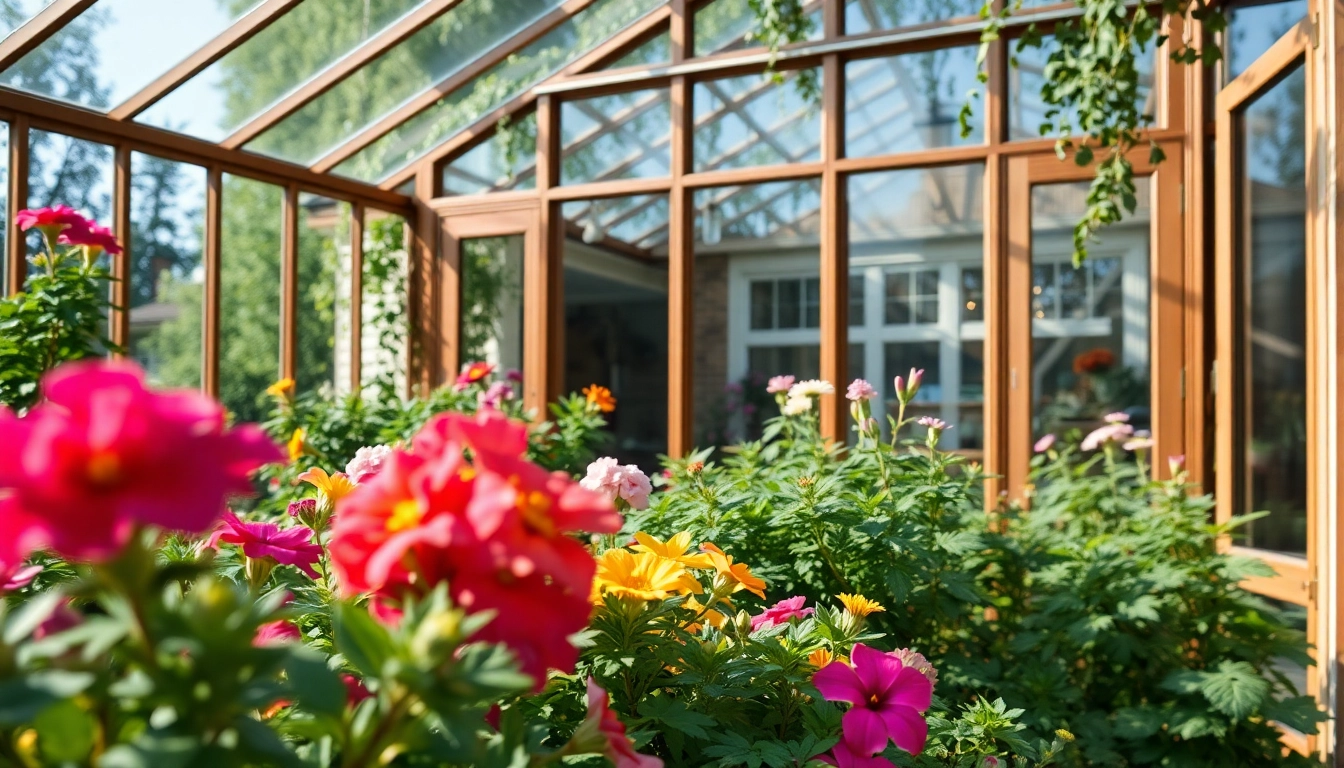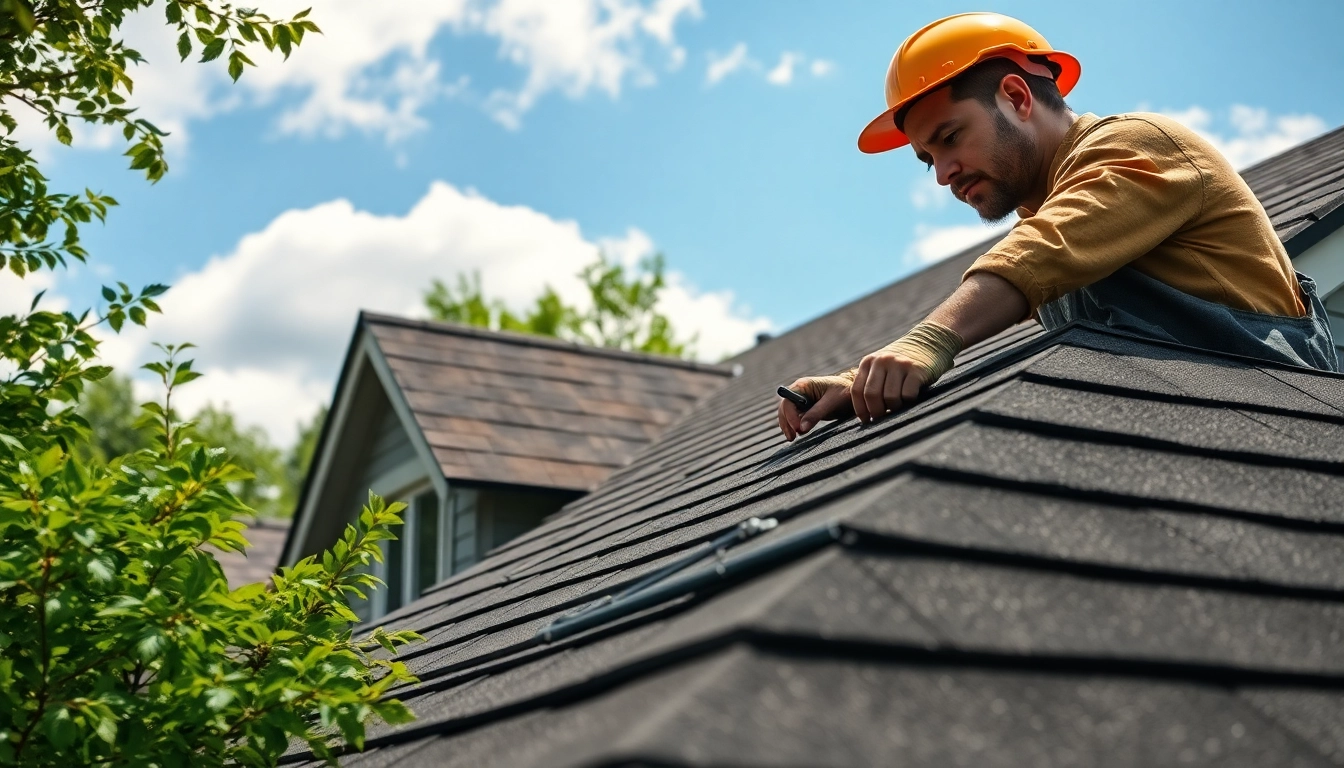
Understanding Attached Greenhouse Sunroom
What is an Attached Greenhouse Sunroom?
An attached greenhouse sunroom is a unique structure that combines the benefits of a sunroom with those of a traditional greenhouse. This innovative space serves as an extension of the home, allowing abundant natural light to flood in while also providing a sheltered environment that can support a range of plant life. Typically constructed with large glass panels, an attached greenhouse sunroom can vary in size and design, depending on the homeowner’s needs and preferences. It offers a delightful blend of aesthetic appeal and practical functionality, making it an attractive proposition for gardening enthusiasts and those seeking to enhance their living space with greenery.
Benefits of Having an Attached Greenhouse Sunroom
There are numerous benefits to installing an attached greenhouse sunroom. Let’s delve into some key advantages:
- Year-round gardening: One of the most significant advantages is the ability to grow plants throughout the year, regardless of external weather conditions. The controlled environment allows for extended growing seasons, even in colder climates.
- Aesthetic enhancement: An attached greenhouse sunroom adds visual appeal to a home. With its ample glass walls and greenery, it can transform a mundane space into a vibrant retreat for relaxation and enjoyment.
- Energy efficiency: Properly designed attached greenhouse sunrooms can help with heating and cooling efficiency. The greenhouse effect can help warm adjacent rooms, reducing heating costs during the winter.
- Increased home value: A well-built attached greenhouse sunroom can boost your property’s market value, offering unique selling points that attract potential buyers.
- Enhanced well-being: Gardening has been shown to provide mental health benefits. Having a space dedicated to plants can reduce stress, improve mood, and enhance overall well-being.
Designing Your Attached Greenhouse Sunroom
Designing your attached greenhouse sunroom involves careful consideration of various elements, including layout, materials, and intended use. Here are some essential factors to consider:
- Size and layout: Determine the size based on available space and desired functionality. Layout should consider plant placement, sitting areas, and pathways for easy access.
- Ventilation: Proper airflow is crucial. Incorporate windows, vents, or fans in your design to prevent overheating and humidity buildup.
- Lighting: South-facing designs typically allow for more sunlight. Consider incorporating shades or reflective materials to manage light intensity.
- Heating and cooling systems: Depending on your climate, assess if you need additional heating or cooling strategies, such as radiant heat or evaporative cooling systems.
Planning Your Attached Greenhouse Sunroom
Choosing the Right Location
Choosing the ideal location for your attached greenhouse sunroom is one of the most critical planning aspects. Factors to consider include:
- Sunlight exposure: Ensure the chosen area receives ample sunlight throughout the day, as this is essential for plant growth.
- Accessibility: The sunroom should be easily accessible for routine plant care and maintenance, as well as for everyday use by your household.
- Protection from elements: Consider positioning your sunroom where it can be shielded from strong winds or harsh weather conditions, which can affect both the plants and the structure.
Materials and Structure Considerations
The materials you choose will significantly impact the durability and efficiency of your attached greenhouse sunroom. Here are some common options:
- Frame materials: Aluminum, wood, and vinyl are popular framing materials. Choose based on durability, insulation properties, and the aesthetic you desire.
- Glazing materials: High-quality glass or polycarbonate panels provide maximum light transmission while maintaining insulation. Opt for double or triple glazing options in colder climates for better energy efficiency.
- Flooring: Select flooring materials that can withstand moisture and plants. Consider stone, tile, or concrete for durability and easy cleaning.
Budgeting for Your Project
Creating a budget for your attached greenhouse sunroom is essential for effective planning. Key components to consider include:
- Material costs: Calculate the expenses for frames, glazing, flooring, and additional features like heating or cooling systems.
- Labor costs: Depending on your DIY skills, you may need to hire professionals for installation, which can affect your overall budget.
- Permits and regulations: Research local zoning laws and building permits that may be required prior to construction to avoid unexpected fees later on.
Building Your Attached Greenhouse Sunroom
Step-by-Step Construction Guide
Building an attached greenhouse sunroom requires careful planning and execution. Here’s a step-by-step guide to simplify the process:
- Design Finalization: Revisit your design blueprints, ensuring all details align with your goals and budget.
- Site Preparation: Clear the area of debris. If needed, excavate and level the ground to create a solid foundation.
- Foundation Construction: Pour concrete for a strong base. Consider using a sill plate if working with wooden frames.
- Frame Assembly: Construct the framing structure per your design specifications. Ensure it is square and level to prevent future issues.
- Glazing Installation: Carefully install glazing panels, sealing edges to ensure weatherproof integrity.
- Interior Finish: Complete flooring and other finishings, including shelving or plant beds as desired.
- Install Systems: Set up ventilation, heating, and irrigation systems—if applicable—to support plant health.
- Test Functionality: Before introducing plants, ensure all systems are operational and the space is comfortable.
Essential Tools and Equipment
Gather necessary tools and equipment prior to starting the construction to streamline the process. Commonly needed items include:
- Measuring tape and level
- Hammer and power drill
- Miter saw or reciprocal saw
- Safety gear, such as goggles and gloves
- Cement mixer (if required for construction)
- Gardening tools for interior landscaping
Handover and Quality Checks
After completion, perform a thorough inspection of the built space. Check for:
- Structural integrity: Assess joints, seams, and anchors to ensure long-term durability.
- Sealing and insulation: Ensure all seams are properly sealed to prevent leaks and loss of heat.
- Functionality of systems: Test ventilation, heating, and other systems to confirm they work effectively.
Maintaining Your Attached Greenhouse Sunroom
Regular Cleaning and Upkeep
Proper maintenance of your attached greenhouse sunroom is crucial for ensuring a healthy and vibrant environment. Regular tasks include:
- Cleaning glass panels at least twice a year to ensure maximum sunlight penetration.
- Inspecting and maintaining the structural framework to avoid wear and tear.
- Monitoring the condition of plants and soil, removing dead leaves and pests as necessary.
Pest Control Strategies
To keep your attached greenhouse sunroom thriving, effective pest control is paramount. Consider these strategies:
- Prevention: Regularly inspect plants and the greenhouse environment to catch potential issues early.
- Natural remedies: Utilize methods such as neem oil or insecticidal soap to deter pests without harmful chemicals.
- Companion planting: Introduce plants known to repel pests when planting in the greenhouse to create a natural barrier.
Seasonal Adjustments for Optimal Growth
To enhance plant growth throughout the year, adjust conditions in your attached greenhouse sunroom based on seasonal changes:
- Winter: Incorporate heating methods to maintain a stable temperature, ensuring all plants survive cold months.
- Spring: Plan for increased ventilation, allowing fresh air circulation to support active plant growth.
- Summer: Utilize shading techniques, like shades or blinds, to prevent overheating in the sunroom.
- Fall: Begin preparing plants for dormancy by gradually reducing watering and sunlight exposure.
Maximizing the Use of Your Attached Greenhouse Sunroom
Creative Uses for Your Space
Your attached greenhouse sunroom can serve multiple creative functions to enhance your home life:
- Relaxation area: Include comfortable seating to create a peaceful retreat for reading or meditating surrounded by nature.
- Indoor gardening classes: Use the space for workshops or classes, sharing your gardening knowledge while enjoying the greenery.
- Culinary space: Grow herbs and edible plants for cooking, integrating garden-fresh ingredients into your meals.
Enhancing Aesthetic Appeal
To further increase the visual aesthetics of your attached greenhouse sunroom, consider:
- Decorative containers: Utilize stylish pots and planters to enhance the overall look.
- Artwork: Incorporate natural-themed artwork or sculptures to create a cohesive ambiance.
- Lighting: Install appropriate lighting elements, such as string lights or lanterns, to foster a welcoming environment during evening hours.
Harvesting from Your Greenhouse Sunroom
As your plants thrive, consider the joy of harvesting your produce. To make the most out of your grow space:
- Track growth: Maintain a log of your plants’ growth cycles, ensuring the optimal time for harvesting.
- Share with others: Share your harvest with family and friends, extending gratitude for supportive gardening practices and enhancing community ties.
- Utilize produce: Incorporate fresh produce into family meals, showcasing the rewards of your gardening efforts.







